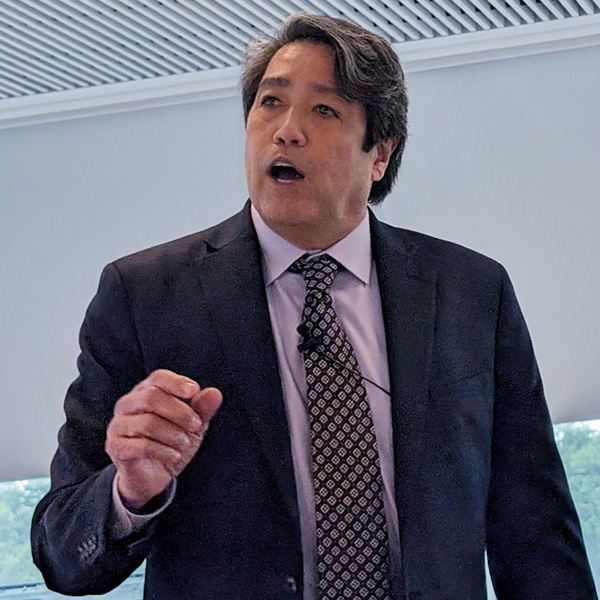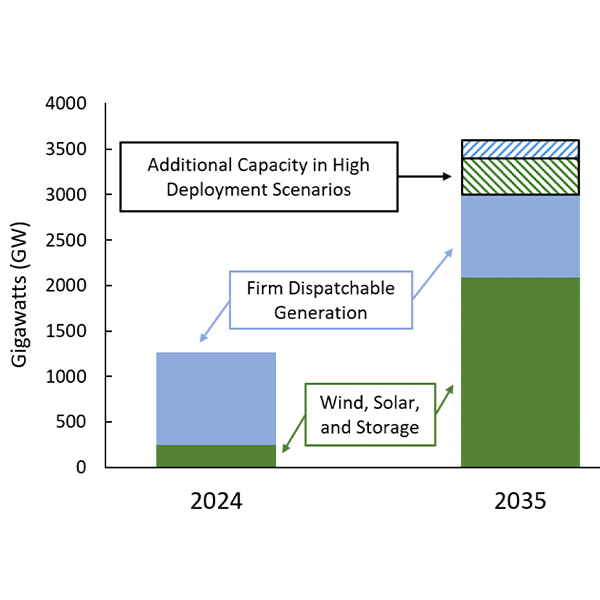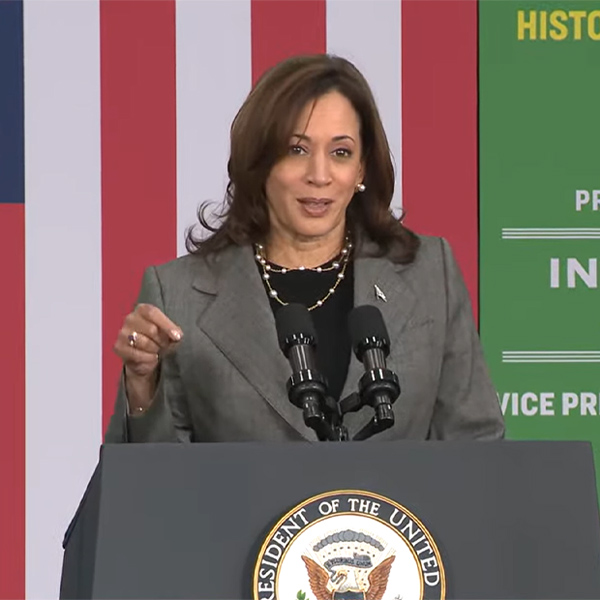Building Decarbonization
Angst over looming load growth, cost increases and reliability headaches headlined the 76th annual New England Conference of Public Utilities Commissioners Symposium.
A new Berkeley Lab report finds that a combination of aggressive demand and supply side measures could slash greenhouse gas emissions in the building sector 91% below 2005 levels by 2050.
New Jersey has enacted a package of new construction incentives worth up to $5.25 per square foot for new residential and nonresidential construction.
Streamlining and accelerating permitting is just one of the potential uses DOE envisions for AI to accelerate the U.S. power system’s transition to 100% clean energy and the modern, efficient, secure grid needed to reach that goal by 2035.
Energy Secretary Jennifer Granholm defended her department’s $51 billion budget proposal for FY25 before hostile Republicans on the Senate Energy and Natural Resources Committee.
Transmission development and siting reform were a central theme at the 2024 New York Energy Summit.
Getting bills through the Maryland General Assembly often involves compromises and tradeoffs, even with Democrats controlling the House of Delegates, the Senate and the governorship.
EPA announced the eight organizations it has selected to receive grants from its Greenhouse Gas Reduction Fund.
The D.C. Council has approved a bill aimed at electrifying 30,000 low-income homes across the district by 2040, but a fight is brewing over funding for the program.
Want more? Advanced Search










